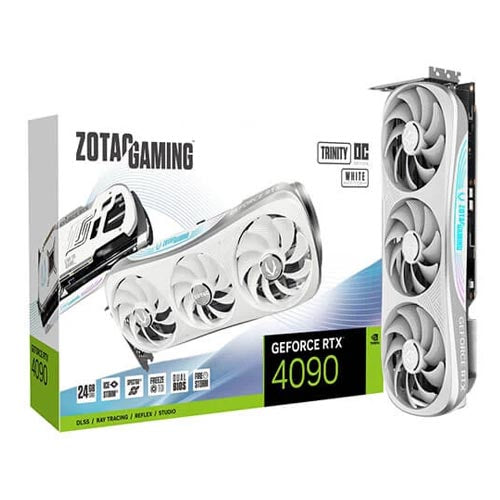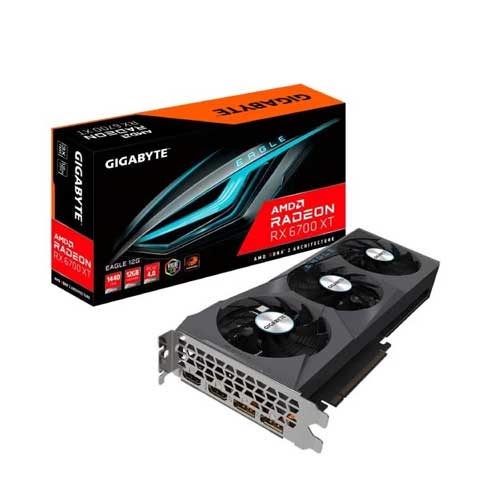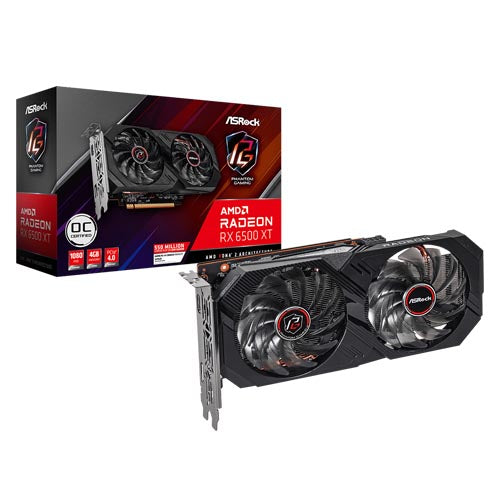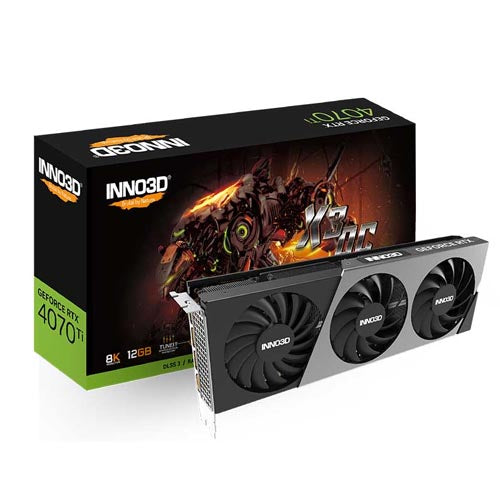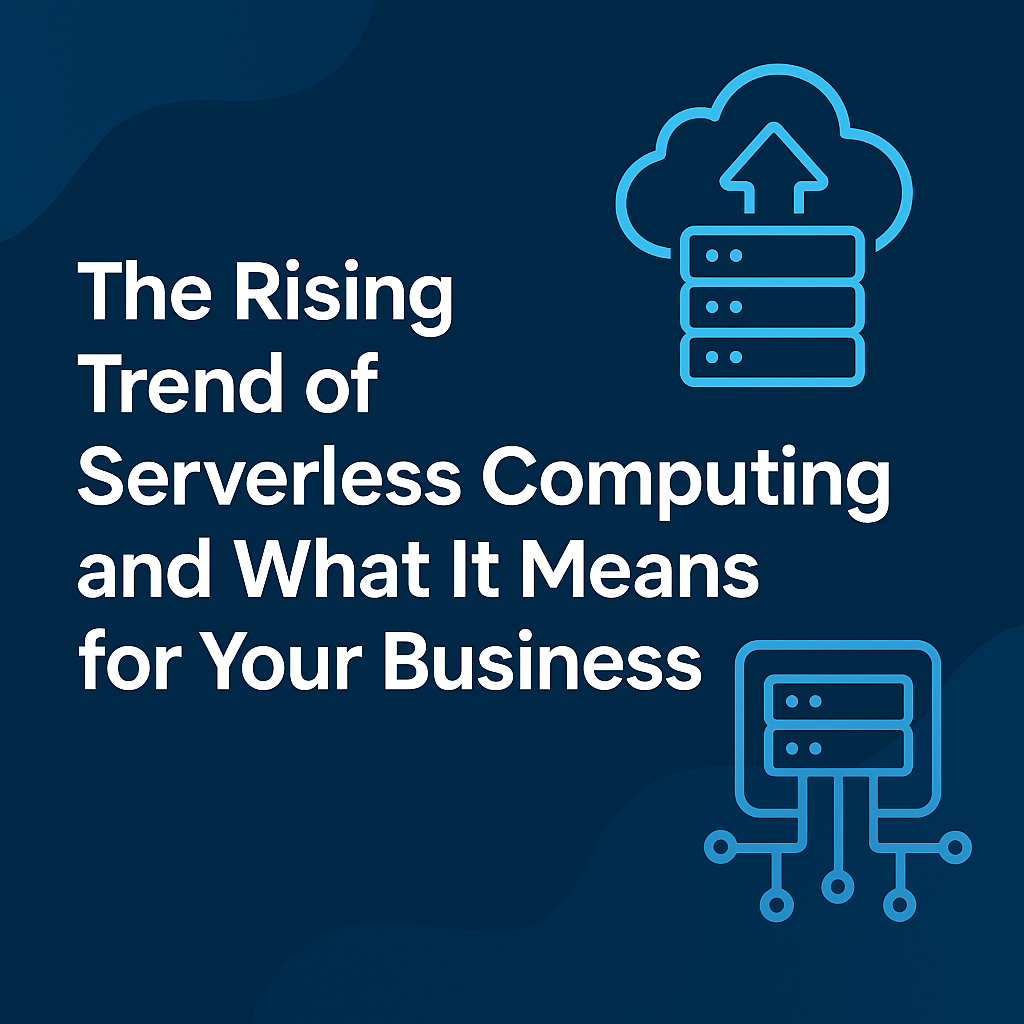In a world dominated by data, agility, and digital transformation, businesses are racing to find the perfect IT stack. The age-old question—cloud or on-premises?—has evolved into a new answer: Why not both? Enter the era of hybrid cloud servers, a strategic IT paradigm that combines the flexibility of the cloud with the security and performance of dedicated physical infrastructure.
In this blog, we’ll explore hybrid cloud from an architectural and technical perspective, examine how developers and DevOps teams can orchestrate workloads across platforms, and understand the programmable tools and frameworks that make hybrid cloud servers the future-ready infrastructure.
What Is a Hybrid Cloud Server?
At its core, a hybrid cloud server environment integrates:
-
- Public Cloud Resources (e.g., AWS EC2, Azure VMs, GCP)
- Private Cloud or On-Premise Servers (e.g., VMware, Proxmox, OpenStack)
- Unified Workload Orchestration using platforms like Kubernetes, Terraform, or Ansible
This setup enables businesses to deploy latency-sensitive or secure workloads on-premises while leveraging scalable public cloud resources for burst workloads, AI training, or disaster recovery.
Core Technical Architecture
A hybrid cloud infrastructure involves several interconnected layers:
1. Virtualization Layer
Most hybrid clouds begin with hypervisors (KVM, ESXi, Hyper-V) to abstract the physical layer into VMs. Increasingly, this layer also supports GPU virtualization using technologies like NVIDIA vGPU or AMD MxGPU.
2. Container Orchestration Layer
With Kubernetes, you can deploy hybrid clusters using tools like:
-
- KubeFed (Kubernetes Federation)
- Rancher with multi-cluster support
- Anthos (Google) or Azure Arc for managing hybrid container workloads
3. Networking Layer
This is where hybrid cloud gets tricky. Secure tunneling (e.g., IPSec, VPN), SD-WANs, and service meshes like Istio or Linkerd ensure connectivity across clouds.
4. Storage Layer
Technologies like Ceph, GlusterFS, or cloud-native solutions (e.g., AWS EFS) allow persistent storage synchronization across environments.
Programming Tools for Managing Hybrid Infrastructure
Hybrid environments are complex. Fortunately, several Infrastructure as Code (IaC) tools help developers maintain consistency:
| Tool | Purpose |
|---|---|
| Terraform | Provisioning VMs, databases, storage across clouds |
| Pulumi | Same as Terraform, but in real languages like TypeScript, Python |
| Crossplane | Kubernetes-native cloud provisioning using CRDs |
| Ansible | Configuration management for hybrid VMs and bare metal |
These tools are crucial for declarative provisioning, enabling developers to spin up entire multi-cloud setups via CI/CD pipelines.
Key Use Cases of Hybrid Cloud Servers
✅ AI/ML Workloads
Train models on GPU-optimized public cloud instances, but serve them on-premise for latency or compliance.
✅ Data Governance
Keep sensitive customer data in-house, while outsourcing analytics pipelines to the cloud.
✅ Disaster Recovery (DR)
Keep failover sites in the cloud using replication tools like Veeam, Zerto, or AWS Backup.
✅ Edge + Core Cloud
Deploy lightweight nodes at edge locations (via K3s, MicroK8s) that connect to cloud APIs for orchestration.
Security Implications in Hybrid Deployments
With multiple endpoints, zero trust security becomes critical. Key strategies include:
-
- Cloud-native IAM + on-prem LDAP federation
- Encryption at rest/in transit
- API gateways for request filtering
- Regular compliance audits across both domains (HIPAA, SOC2, ISO27001)
Tools like HashiCorp Vault or AWS Secrets Manager help centralize secrets across environments.
Cost Optimization Techniques
-
- Spot Instances for Cloud Bursting
- Right-sizing tools (e.g., CAST AI, CloudHealth)
- Container resource quotas and autoscaling
- Cold storage via S3 Glacier or Azure Blob Archive
Real-World Stack Example
provider "azurerm" {
features {}
}
resource "azurerm_linux_virtual_machine" "example" {
name = "hybrid-vm"
...
}
# Pulumi TypeScript script for AWS Lambda deployment
import * as aws from "@pulumi/aws";
const lambdaFunc = new aws.lambda.Function("myFunc", {
...
});
What’s Next for Hybrid Cloud Servers?
-
- AI workload scheduling with Kubernetes + GPUs
- Data residency-aware orchestration tools
- Serverless + VM fusion layers
- Decentralized storage using Web3 principles
Hybrid is no longer just a bridge—it’s the platform.
Conclusion
Hybrid cloud servers offer the best of both worlds—speed, security, flexibility, and compliance. They empower organizations to scale smartly while keeping control of their core assets. Whether you’re an enterprise embracing Kubernetes or a startup balancing local and global traffic, hybrid cloud is the infrastructure you should be planning for.
By integrating programmable infrastructure tools and aligning them with cloud-native best practices, organizations can accelerate their digital transformation confidently.
